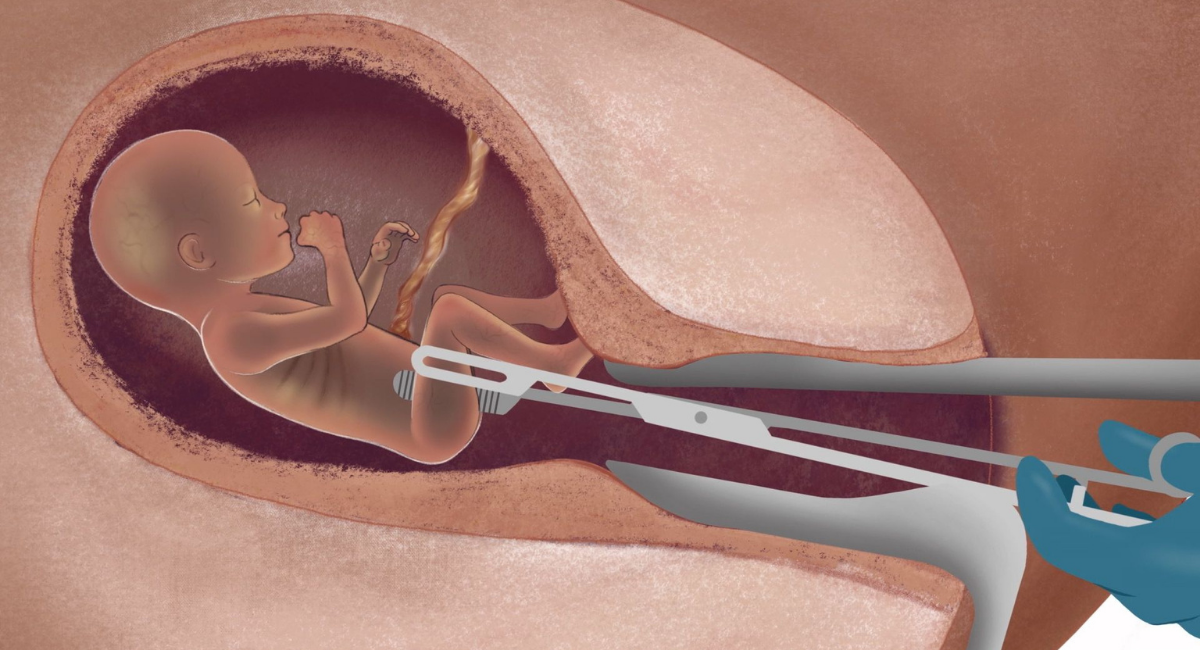A federal judge ruled Friday that an Indiana law prohibiting second-trimester D&E “dismemberment” abortions can stand.
The legislation was signed in 2019 and was immediately challenged in a lawsuit by abortionist Caitlin Bernard, represented by the ACLU. The law was placed on hold before it could take effect. In July 2022, following the Supreme Court’s overturn of Roe v. Wade, Indiana Attorney General Todd Rokita asked the court to revisit its previous ruling which blocked the law. At that time, Judge Sarah Evans Barker lifted the injunction, thereby allowing the law to go into effect.
Barker’s current ruling upholds the July decision, though per Bloomberg Law, Bernard could potentially file a new claim “alleging that the dilation and evacuation abortion ban violates a person’s 14th Amendment substantive due process right to bodily integrity.” Bernard has 30 days to decide whether or not she wants to challenge the law further.
The law prohibits the use of dilation and evacuation (D&E) abortion, also known as dismemberment abortion, which is the most common form of abortion procedure committed during the second trimester. To commit the procedure, the abortionist must use scissors, forceps, or other tools to dismember the child piece by piece before removal from his mother’s womb.
As former abortionist, Dr. Kathi Aultman describes:
The fetus is too large to fit through the cannula, so it must be removed in pieces with a clamp, such as this Sopher clamp. A Sopher clamp is made of stainless steel and is about 13 inches long. At the tip, there are rows of teeth for grasping. The abortionist reaches into the uterus with the clamp and tries to grasp an arm or leg. Once the abortionist has a firm grip, she pulls forcefully in order to remove the limb.
Piece by piece, the abortionist removes the arms and legs followed by the head or the body, including the torso and the pelvis, along with the intestines, the heart, and the lungs. The placenta is also removed.
Dr. Aultman further explains that the most difficult part of the procedure is removing the child’s head:
The abortionist must open the clamp widely to grab the head, and then crush it so that it will fit through the cervix. The abortionist knows he has crushed the skull when a white substance, the fetus’s brain, leaks out of the cervix. The abortionist then removes the compressed head.
The dangerous procedure is not only fatal for the child, but it also comes with a number of risks to the mother, including perforation or laceration of the uterus or cervix, with possible damage to the bowel, bladder, and other maternal organs. Hemorrhage or infection can also occur, which can lead to death.
While the ban on second-trimester abortions stands, another law that would protect nearly all preborn children from abortion in the state of Indiana remains blocked by the courts.







